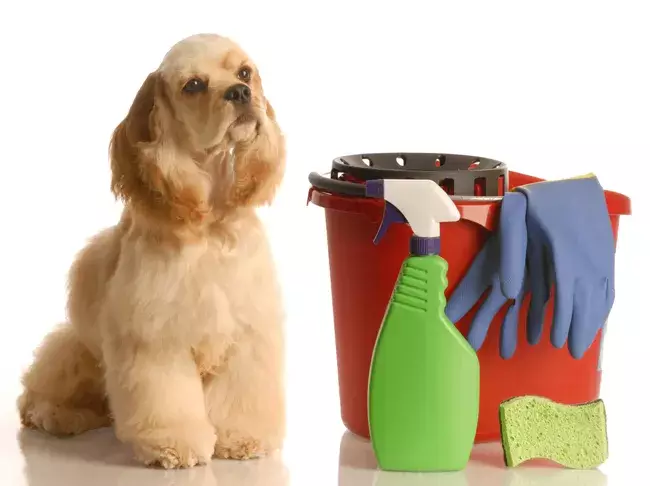In many homes, cleaning products are unquestioned staples, viewed merely as necessities to uphold hygiene standards. However, a closer examination reveals that these chemicals often harbor significant risks, especially for our furry companions. Toxic elements commonly found in popular cleaning agents can lead to severe health issues for pets exposed over time. This alarming trend aligns with rising cancer rates in both dogs and humans, prompting researchers to investigate shared environmental factors that may contribute to such conditions.
The indoor air quality in American homes is more concerning than many realize. Findings from the U.S. Environmental Protection Agency suggest that indoor air can be two to five times more polluted than outdoor air, and in some circumstances, this disparity can escalate to a staggering one hundred times more contaminated. A notable culprit in this indoor pollution is household cleaners, alongside pesticides, with estimates attributing over half of all indoor pollution to these products.
The health implications of prolonged exposure to these chemicals are critical. Women’s health is particularly affected, with studies indicating a 54% increased cancer risk among those who spend considerable time at home. This raises the stakes for at-home caretakers, who may unintentionally expose themselves to harmful substances through daily cleaning routines. While humans may experience adverse health effects, our pets—often closer to the ground and more susceptible due to their unique biological makeup—face even greater risks.
Pets tend to metabolize these toxins more rapidly and have greater absorption rates through their smaller lungs and faster breathing patterns. The Morris Animal Foundation emphasizes that one in four dogs will succumb to cancer, identifying it as the leading cause of concerning disease-related deaths in dogs over the age of two. Such alarming statistics only reinforce the necessity for a holistic approach to pet care that also involves reassessing the safety of household products.
The correlation between cleaning products and canine cancers cannot be overlooked. Unspayed female dogs are now developing mammary tumors at a rate four times higher than that of women, with specific chemicals found in these conventional cleaning products linked to the rise of breast cancer in both canines and humans. Notably, alkylphenols, widely present in many household cleaners, can have detrimental effects. A search in the National Library of Medicine’s Household Products Database unveiled instances of prevalent household products containing ethoxylates, a derivative of alkylphenols.
These disturbing connections between cleaning agents and serious health conditions have prompted reputable institutions such as the National Cancer Institute to take a serious interest in canine oncology, incorporating dog cancer studies into their Comparative Oncology Program since 2003. As awareness of these health risks grows, pet owners must consider alternatives to conventional cleaning products.
Fortunately, the market now offers an increasing array of organic and eco-friendly cleaning products that are both effective and less harmful to health. Most grocery stores stock multiple brands developed specifically with safety in mind, allowing conscientious consumers to swap out their traditional cleaning supplies for safer options. Furthermore, a wealth of resources exist, including books and online articles, detailing how to create homemade cleaning solutions that are not only affordable but also sustainable.
As we contemplate the health of our beloved pets, it becomes crucial to recognize the essential role that our choices regarding household products play in their well-being. Just as miners once relied on canaries to warn them of toxic air, a rise in pet health issues could be signaling the dangers we unwittingly inflict upon our homes with common cleaning routines.
In sum, the health implications of seemingly harmless household cleaning products extend far beyond mere inconvenience, presenting serious risks to both humans and pets. Awareness of these dangers is the first step in mitigating their impact. By prioritizing safer cleaning alternatives and advocating for better public awareness, we can create healthier spaces for ourselves and our cherished companions, ultimately protecting them from the hidden threats lurking in our homes. The future well-being of our pets, and by extension, our families, depends on the conscientious choices we make today.

